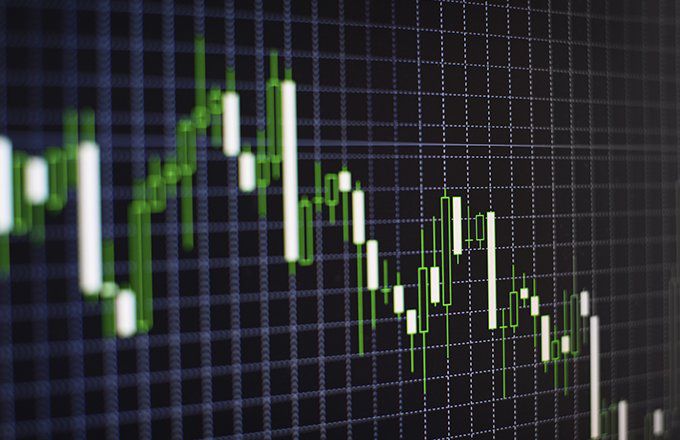Balance of Trade vs. Balance of PaymentsDifferences You Need to Know Between the Two!
Due to globalization, countries today freely trade with each other, and to understand how this works; it is necessary to understand exports and imports along with the balance of payments and balance of trade.
Balance of trade is actually a component of the balance of payment.
The balance of trade is the balance of a country’s imports and exports of goods and services.
In contrast, the balance of payment is a group of accounts that records the balance of unilateral transfers, the balance of trade, the balance of payment on capital account, and the balance of services for a country with the rest of the world.
This article will discuss both of these concepts and the main differences between them.

Balance of Trade
The buying and selling of products is called trade.
Whereas, when goods are being bought or sold across the world, this is called importing and exporting.
The balance of a country’s exports and imports during a specific year is the country’s balance of trade.
This makes up the most important part of the current account of a country in its balance of payments.
The balance of trade indicates the differences between a country’s exports and imports of goods to other countries.
A country may have a trade deficit, in which case it imports more goods than it exports.
Or, it may have a trade surplus which would mean it exports more goods than it imports.
It is also possible for a country to have imports and exports of a similar level which would be referred to as trade equilibrium.
A trade deficit or trade surplus does not necessarily indicate whether or not a country has a good or bad economy.
It is essential to take into account the size of the imbalance as well as other economic factors.
There are situations in which a country may prefer to have a trade surplus or a trade deficit.
Balance of Payment
The balance of payments is a group of accounts in which all the financial and trade transactions a country makes during a specific period are recorded.
The balance of payments tracks the financial transactions involving services, goods, and revenue for a country each year.
The balance of payments indicates the difference between a country’s imports and exports.
The balance of payments does use double-entry bookkeeping, so every entry will have a debit and credit.
The account of the balance of payments will be balanced if all transactions for the country are included.
Countries are often said to have a deficit or surplus in their balance of payments, but this can only be true of certain transactions.
The current account and the capital account will add up to the amount in the total account, and the total account will be balanced.
There can be a deficit in either the current account or capital account, but that would mean the other account would have a surplus.
Accounts Included in the Balance of Payments
The following accounts make up the balance of payments.
Capital Account
The capital account tracks the flow of investments in and out of a country’s economy.
This account will include external commercial borrowing, foreign direct investment, loans the government makes to foreign governments, as well as other items.
Current Account
The current account is used to record a country’s imports and exports, including both intangible and tangible assets.
Net Errors and Omissions
This is a residual category.
It is necessary to ensure that the accounts in the balance of payments always have a sum of zero.
Differences Between Balance of Payments and Balance of Trade

The primary differences between the balance of payments and balance of trade are:
- The balance of trade is one of the main components of the balance of payments. It is necessary to calculate the balance of trade to see how a country’s exports and imports affect its balance of payments.
- The balance of trade only keeps track of physical items. In contrast, the balance of payments accounts for both non-physical and physical items.
- The balance of trade does not include unilateral or capital transfers. Whereas these transfers are a big part of the balance of payments.
- The balance of payments must be balanced. In contrast, the balance of trade can have a deficit, surplus, or be balanced.
- The balance of payments is found by taking the sum of the balances of the current account and the capital account. Whereas the balance of trade is found by subtracting the value of a country’s imports from the value of its exports.
- The balance of payments gives a more complete view of a country’s economy than its balance of trade.
Final Thoughts
All countries keep track of their balance of trade and balance of payments.
Governments often use this information combined with other information about their economies to make important decisions concerning policy measures.
As a result, both of these concepts are important to understand.
FundsNet requires Contributors, Writers and Authors to use Primary Sources to source and cite their work. These Sources include White Papers, Government Information & Data, Original Reporting and Interviews from Industry Experts. Reputable Publishers are also sourced and cited where appropriate. Learn more about the standards we follow in producing Accurate, Unbiased and Researched Content in our editorial policy.
University of Colorado Boulder "Topic 12: the balance of payments" White paper. April 12, 2022
University of Hawaii "23.1 Measuring Trade Balances" Page 1 . April 12, 2022
